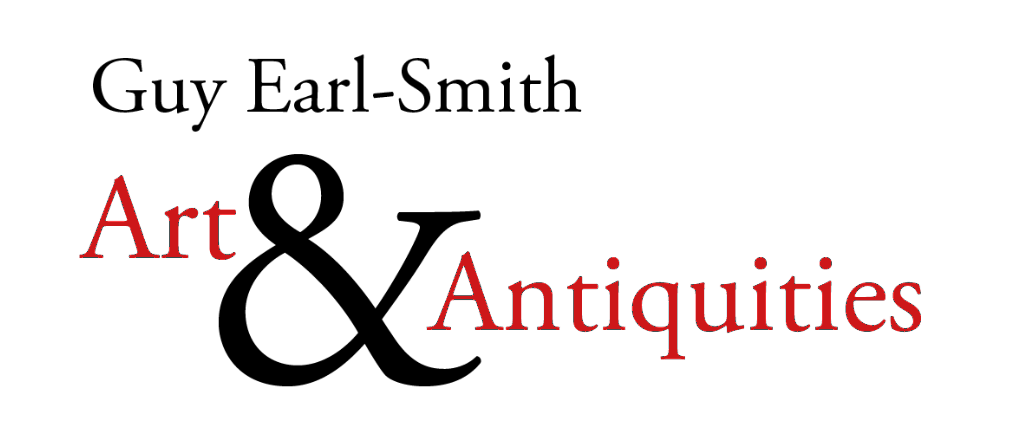Catalogues, Memory, and Provenance
/A work of art such as a painting, sculpture, or installation is a visual, tactile, and sensual product that is a physical manifestation of a human cognitive processes. Perhaps that sounds a little academic and grand, but it’s an important place to begin when talking about the benefits of publishing art catalogues.
A work of physical art – ignoring online or digital art here – transcends both the physical world in which we live and the metaphysical world: it begins as a thought and ends as a physical object.
The world has never been more immersed in the visual as we are now. According to an internet trends report (KCPB Internet Trends), every day in 2014 there were 1.8 billion images posted online, they cannot all be classed as Art of course, but they all vie for our attention. But with all this imagery and accessibility, there is a new level of transience to these images. A Facebook post is most likely only relevant for a few hours, a tweeted image is most likely relevant only for minutes.
Art is inherently subjective and as such the way it is displayed is crucial for our appreciation of it. Poorly displayed, art loses its impact and beauty. Importantly, if art is to be shown in a publication, the reproduction needs to be executed to do justice to the work. It should be the right colour and tone, printed on good quality paper so that the texture and overall sense of the piece is retained as much as possible.
When we visit any major art exhibition, there is usually a catalogue of the event for sale. Sure, we can find any of the works on online whenever we want to, but the catalogue acts as a memento – a beautiful three-dimensional object that we can have at home, show to friends, and discuss.
Research into reading and memory now has been conducted by several psychologists and cognitive scientists. Kate Garland at the University of Leicester was one of the first. Her research shows that we retain information from reading printed reading matter better than we do digital or ebook material due to the context and landmarks that are available to us in a book. The spatial aspect – was the image on the right or left; was it at the start or in the of middle of the book – helps our brain relate to, and remember, what we see and read more quickly than on-screen. At the moment, we have evolved to operate in a three-dimensional world. In the future, we may evolve to reflect a new world of information delivery.
So printed catalogues are fundamentally visual, tactile, or sensual products. These qualities sound familiar and, of course, they are … just like the art within their pages.
In a commercial sense, catalogues are indispensable. They entice, sell, and provide a reference of provenance for art.
To sell art – or encourage people to visit an exhibition – the function of a catalogue is to record the event and entice people to come along and see the works for themselves. Sellers of art need to stimulate the imagination and senses of potential buyers to help them enjoy the whole process of looking, feeling and finally wanting a work enough, that they will buy it.
Similarly, a catalogue of a private collection, records for posterity the hunt, passion, and perhaps years of work to source the art in a collection.
In recent years the pendulum has swung towards online-only catalogues for some art auctions, but, we know through our own experience of publishing catalogues for private clients and from our auction buyers and vendors, that the printed catalogue is preferable than reading online from a smartphone or tablet in the auction room.
We love our old catalogues. We keep notes in the margins and add them to our reference library, so that one day down the track we can retire to the lounge with a coffee, tea or single malt, and peruse our memories at our leisure.


